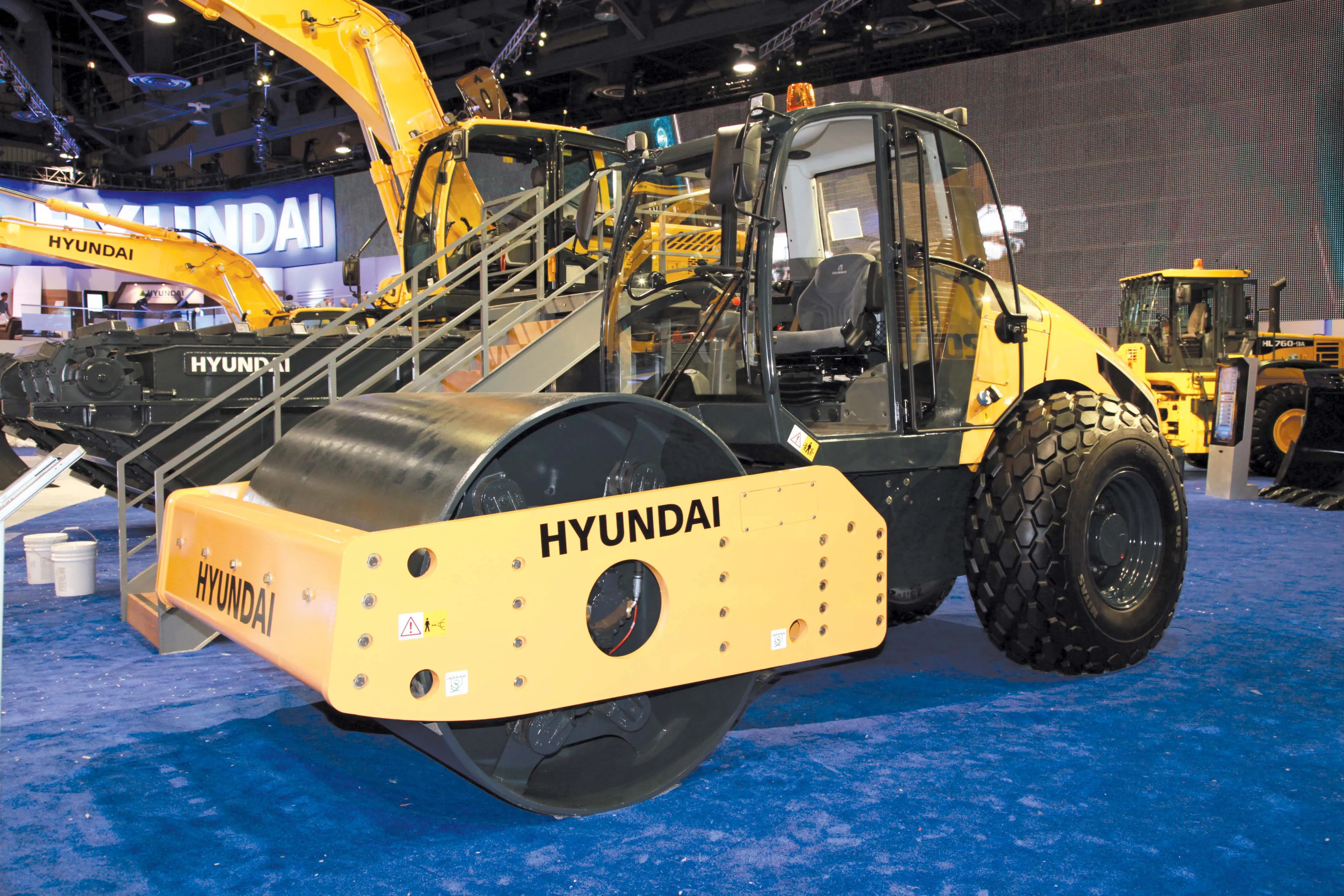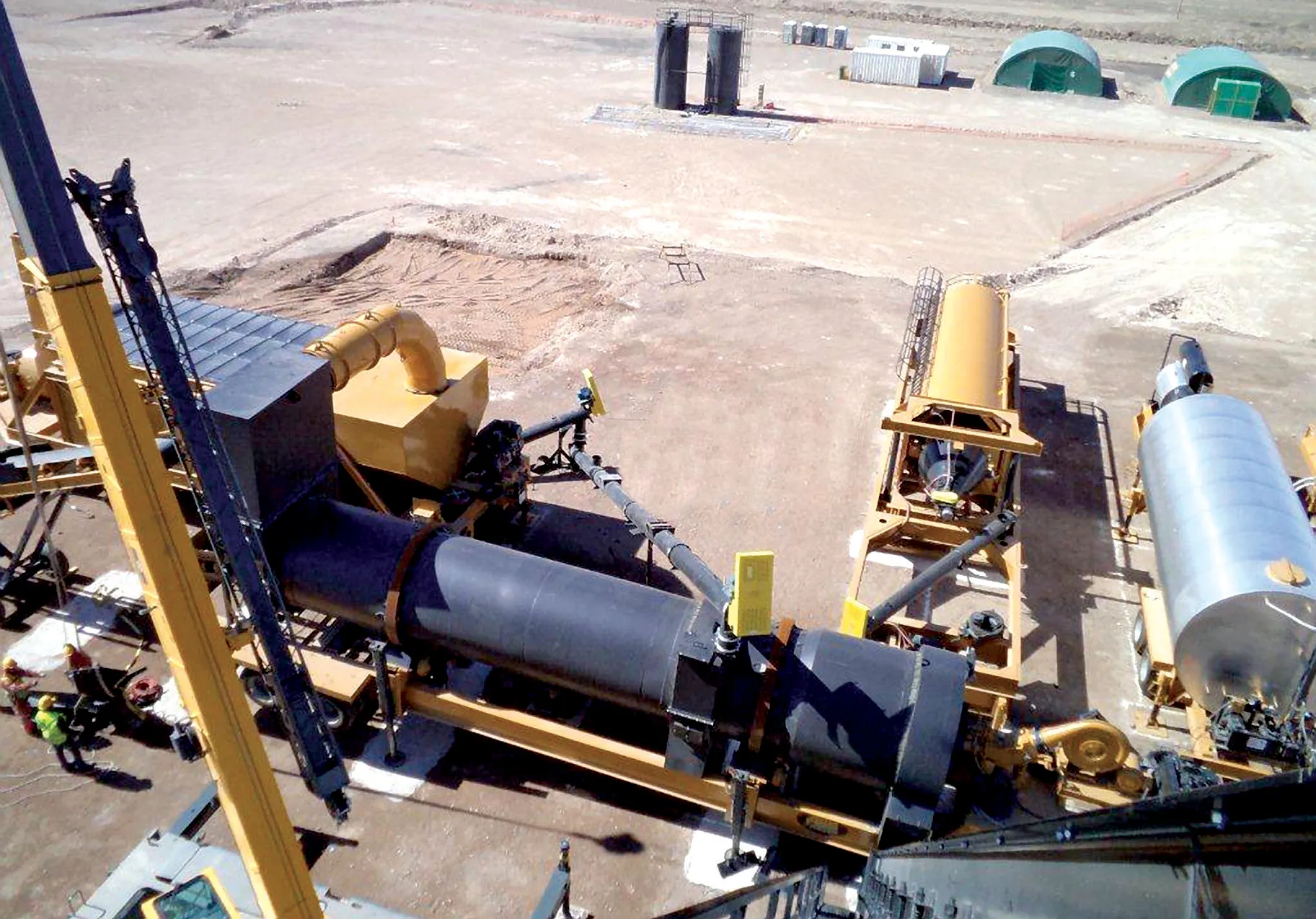
The front end of the BW 28 RH is designed for better visibility of the wheel surface, allowing the operator to check whether the wheels are sufficiently wet to prevent asphalt from sticking.
The clear view of the work area also boosts efficiency as it is possible to work accurately to asphalt edges or joints. The BW 28 RH is said to boost versatility due to the range of ballasting options offered by the pneumatic tyred roller. It is available with operating weights from 8.6-28tonnes and can be adjusted quickly and simply to the respective task. Its steel and concrete weights can easily slide in or out. In addition, the 3m³ capacity ballast compartment can be used for custom ballasting. By changing the operating weight, it is possible to first compact the base layer and then the binder or wearing course of a road, or process construction sites with different applications.
Overall the machine is said to be able to handle a wide variety of tasks in earthworks and asphalt paving, the compaction of stabilised soil layers and rolling chippings on surface treatment work.









